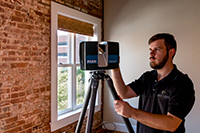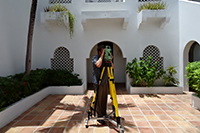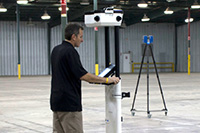While many of the benefits seen from IoT in the healthcare industry are more directly related to patient treatments, improving medical facilities has seen many advances as well. From better patient monitoring to location solutions, Smart technology is making life easier for medical professionals and improving treatments and care for patients.
7 Ways Healthcare Teams 'Go Smart' in Existing Facilities
Every Project: Design Practices that include the latest Smart Technologies.
1. Reality Capture expedites communications.
The ability to collect data and enable remote stakeholders to walk through the building virtually expedites project decision-making.
Using 360 visualizations of building geometry and equipment makes implementation straightforward for both contractors and internal facility teams.
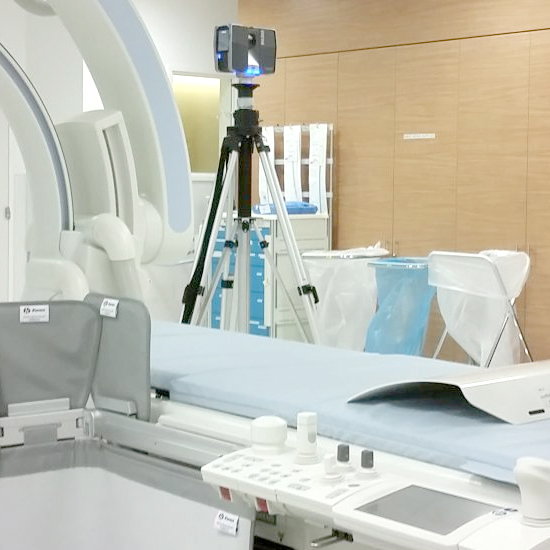
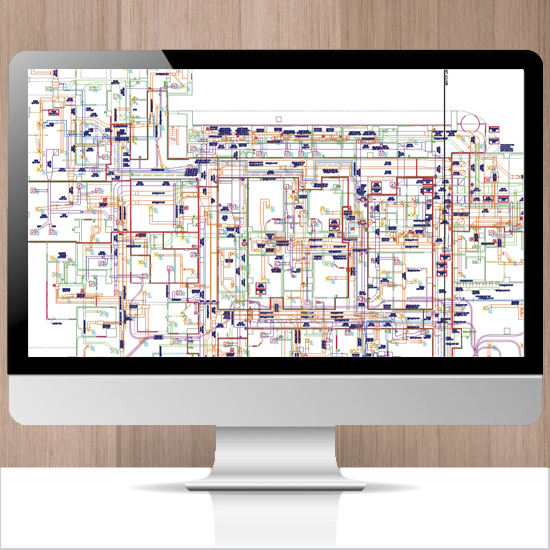
2. Planning starts with actionable building data.
As-built surveys provide updated floor drawings and models to reflect existing conditions. They verify that space allocation and square footage details are accurate.
Undocumented renovations and inaccuracies get captured in the existing condition plans. Capturing ceiling plan information and above-ceiling details is critical information for working in any healthcare environment.
3. Building Information Modeling accelerates construction.
Design and construction teams utilize a design-assist BIM process to drive innovation with budget and constructability in mind.
Third-party professional services include 3D modelers that convert subcontractor’s 2D plans and populate the federated BIM model. Modeling consultants help subcontractors new to BIM throughout coordination meetings, model detailing, and clash detection revisions.
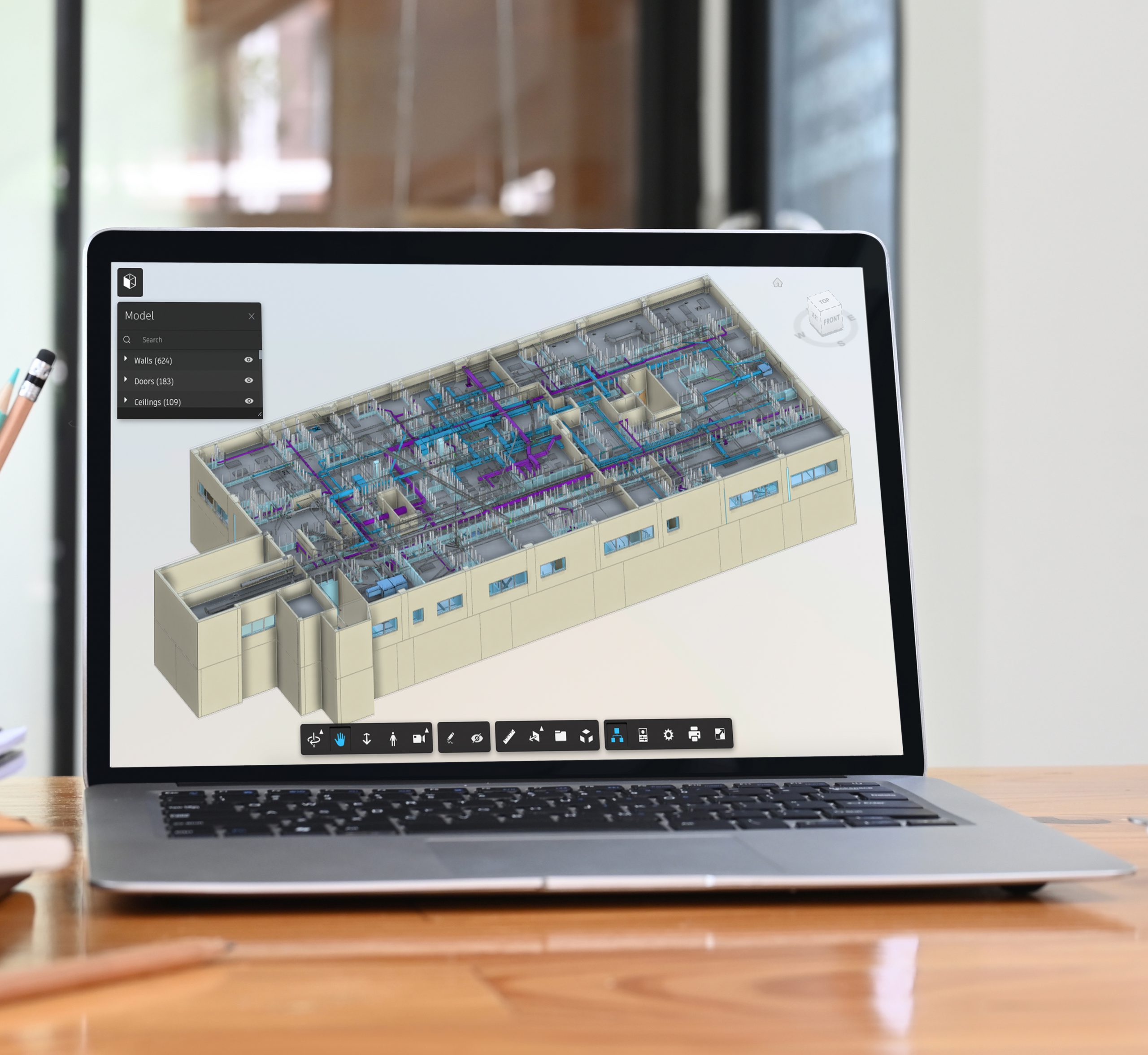
Every Day: Enhanced Healthcare Experiences for both Staff and Patients.
4. Digital Twin Platforms offer contextual insights.
Smart Technology (digital twins, connected IoT sensors, data shares, and threshold triggers) transforms healthcare facilities into digitized, connected environments with increased efficiencies.
Digital twins unify operational and environmental data into a single view; projects are no longer held back by data silos, legacy IT, or proprietary platforms.
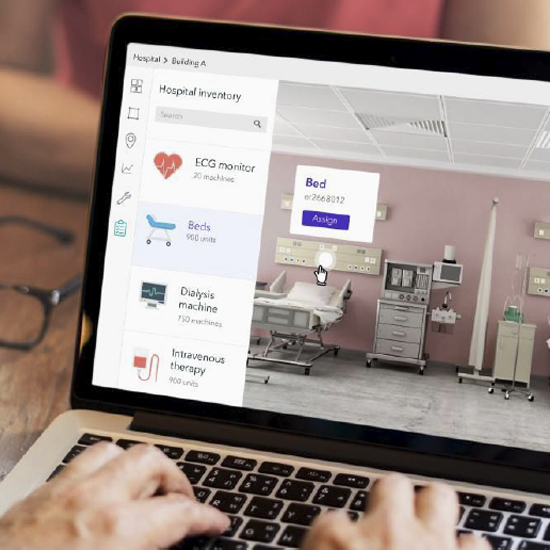
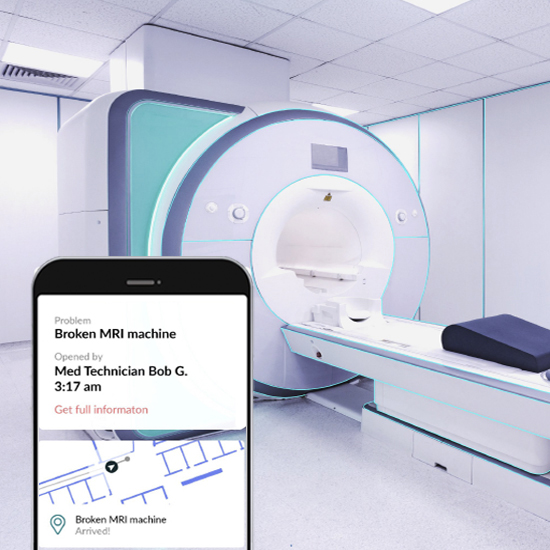
5. Facility Management leverages dynamic data.
From regulatory compliance monitoring to preventing accidents during work, the foundation for almost any initiative is what’s in place and where.
Maintenance mobile apps allow patients and staff to report problems with a click and automates repair requests. Technicians see pinpointed location of the issue alongside associated status/history.
6. Document Archives are available to critical stakeholders anywhere, anytime.
Digitizing and indexing paper plans and consolidating electronic documents into a cohesive database means documents are accessible on demand.
Facility managers use searchable systems to identify gaps/duplicates, implement versioning, correct redlines, and recreate lost plans. Adding departmental data to CAFM databases enables allocation reports by department.
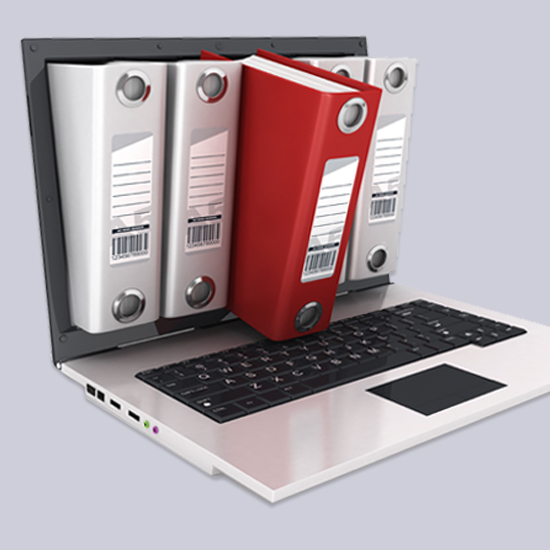
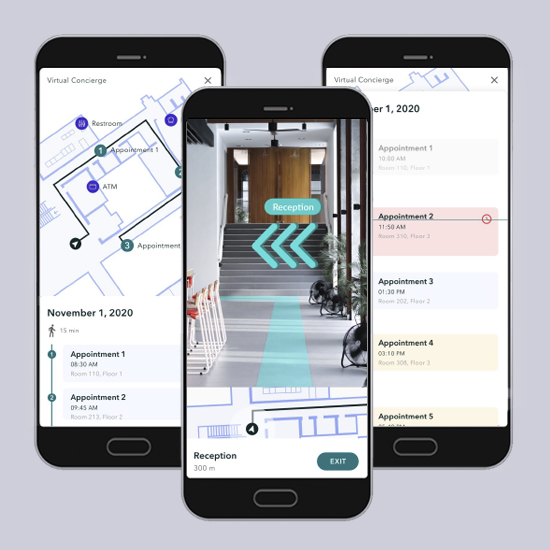
7. Patient-centered localization apps solve logistics issues on demand.
Virtual concierge technology gives patients an easy-to-use Augmented Reality mobile app to navigate complicated hospital facilities; integration with healthcare provider appointment system ensures patients reach appointments on time.
Remote visualization of devices and equipment in the building with precise wayfinding helps employees locate assets needed for appointments and improve patient outcomes.
